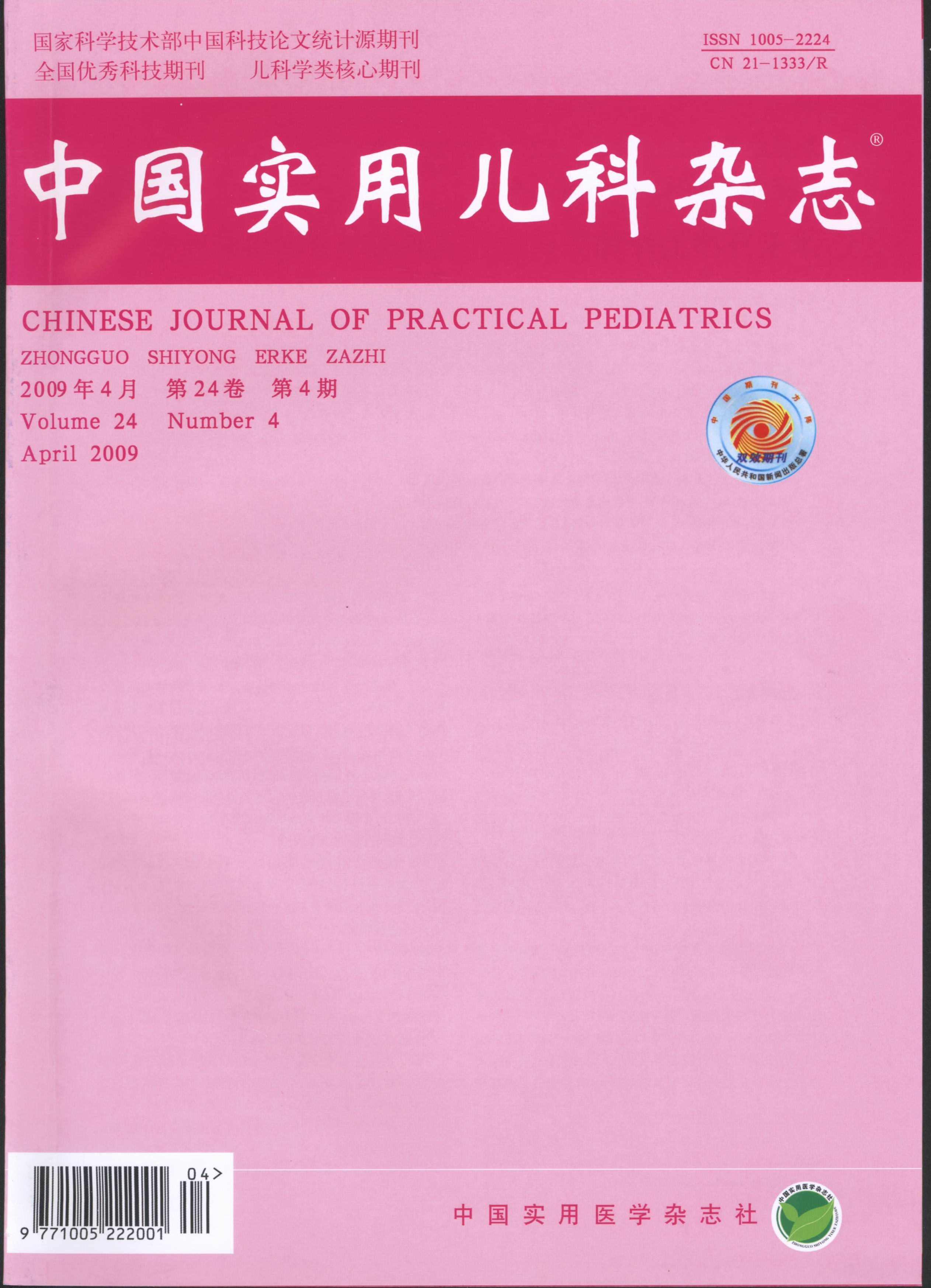Abstract:Objective To investigate the tendency of bacterial distribution and drug resistance of pathgens in Pediatric Intensive Care Unit,then instruct clinical application of antibiotics reasonably. Methods The bacteria isolated from patients in PICU from Jan 2009 to Dec 2010 were identified by vitek 2 compact instrument and antibiotic susceptibility was determined by K-B disk diffusion method. Results A total of 657 pathogens strains were isolated,Gram-negative bacilli,Gram-postive cocci and fungi accounted for 69.9%,23.4%,6.7%,respectively. The most common pathogens of them were Pseudomonas aeruginosa (21.3%),then in series Acinetobacter baumannii (19.2%); the rate of the ESBL -producing strains of Klebsiella pneumoniae and Escherichia coli was more than 70%,the ceftazidime and cefotaxime resisitant rates of ESBL- positive strains are more than 80%,the cefepime resisitant rate of ESBL-positive strains is more than 40%;the ceftazidime、cefepime、 imipenem、meropenem resisitant rate of Acinetobacter baumannii are more than 75%; Staphylococcus aureus account for 5.0%,29% strains of Staphylococcus aureus were Methicillin resistant S.aureus. The most common strains of fungi were Candida albicans (6.0%). All of them were sensitive to fluconazole,ketoconazole and amphotericin b. Conclusion The multi-drug resistance of pathogens are serious in PICU. It is important and urgent to carry out surveillance of bacterial resistance for appropriately using antibiotics.

